Looks like there are many people who’d like to be the first ones adding flying cars to the market, and we’ve got to admit it, even the idea of having a flying car sounds exciting. Many of you probably saw the PAL-V Liberty, which has emerged with plans for customer deliveries at the end of the year.
Believe it or not, though, the Dutch firm isn’t the only one trying to conquer both sky and road in one vehicle. Here’s a list of the dual-purpose fly-drive machines you need (or maybe not) to know about.
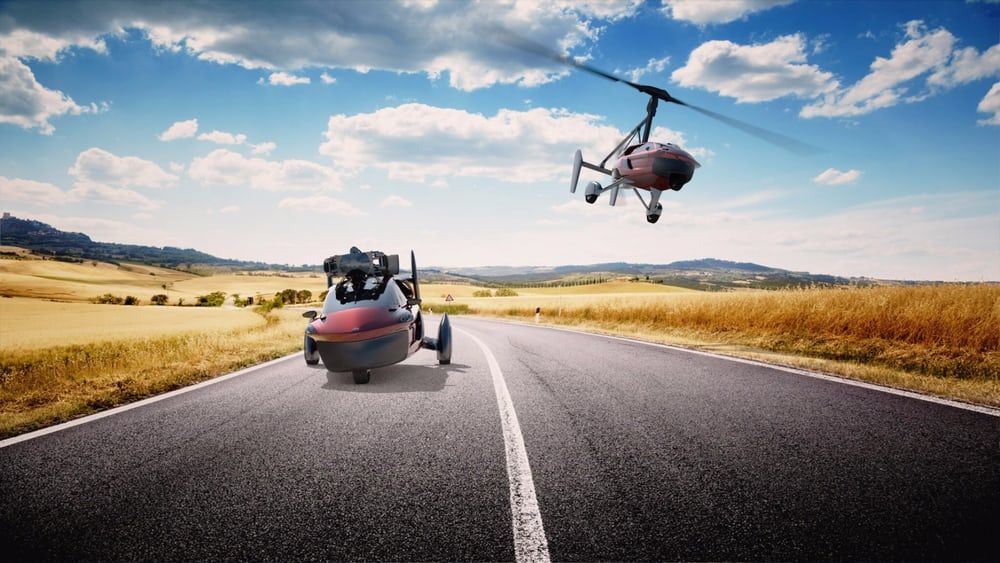
PAL-V Liberty
Built with a Rotax twin-engine drivetrain, the Liberty uses a rear-mounted rotor connected to a 197bhp powerplant to provide thrust in the air, while another engine with half the power provides the motive force on land. A large fuel tank is good for a 310-mile range in the air and more than 800 miles on land. Changing from car configuration to flying mode takes about 10 minutes.
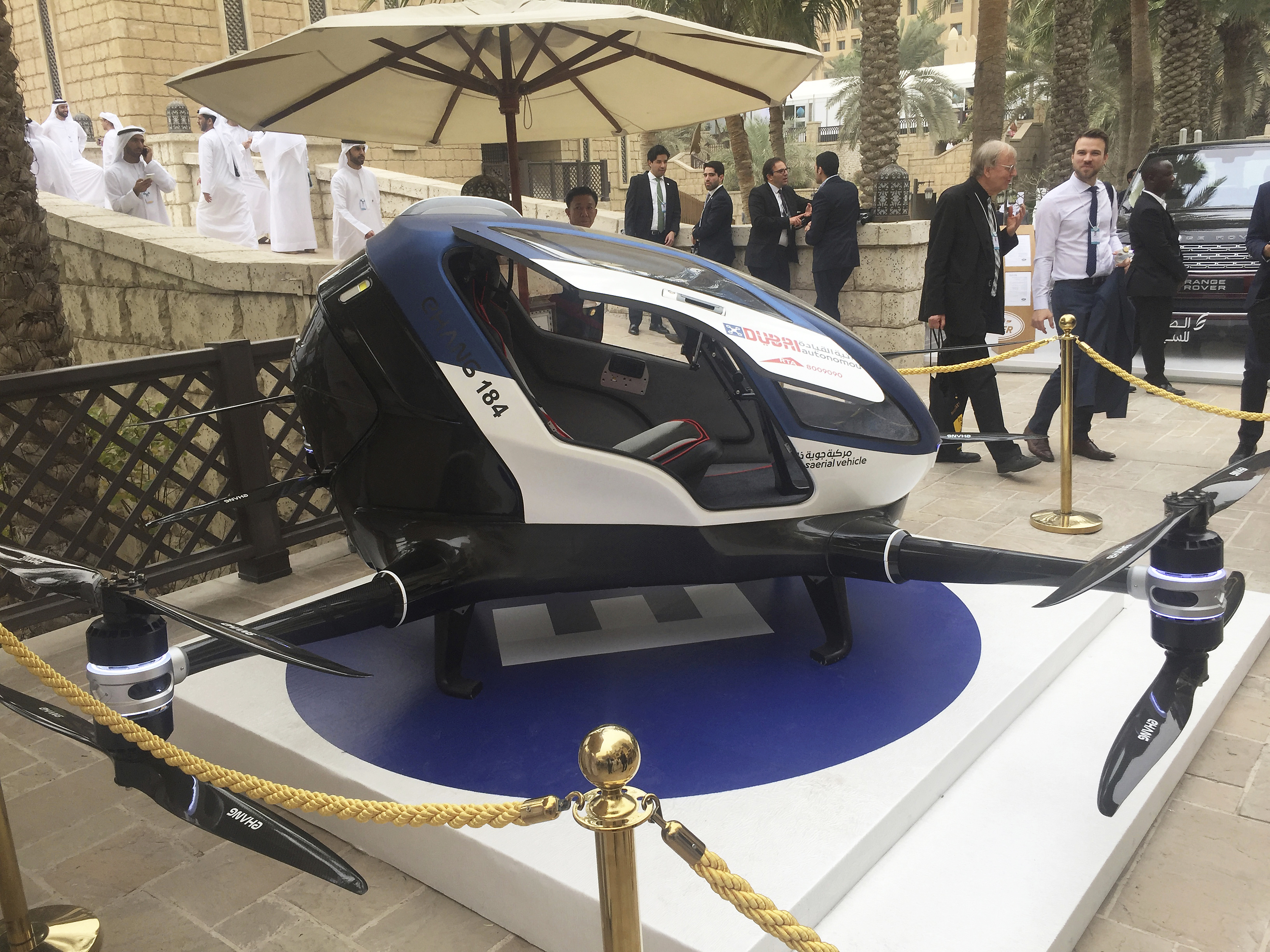
Dubai RTA/Ehang 184
People in Dubai have lots of money and lots of places to be. To combat the rising problem of traffic, the city’s own Roads and Transport Authority has presented a flying ‘car’ idea at the World Government Summit going on as this article was being written.
It’s basically a large-scale drone, powered only by electricity and fully automated. Yep, it’s electric and autonomous. We haven’t even got there with cars, yet, so this should be fun. Occupants simply use the in-built sat-nav to pick a destination, presumably with a helipad, and away the 184 goes.
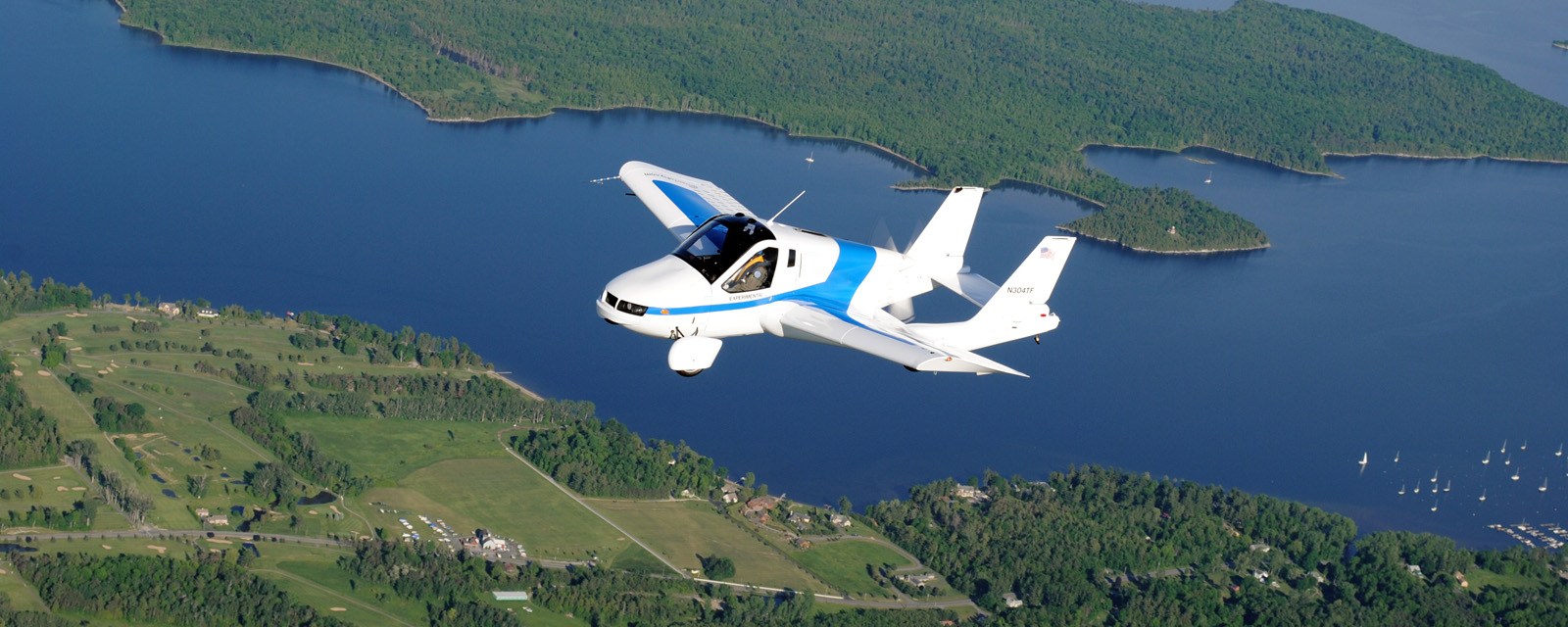
Terrafugia Transition
In flight, the first effort from Terrafugia to make our list looks like one of those cutesy model planes you see little kids playing with at airports. Stubby wings, an oversized cockpit and two tail fins are powered along by a rear-facing engine and rotor, just like the PAL-V Liberty.
Apparently it’s good for 30mpg on the road, while in the air it can beat the traffic at 115mph with a range of about 400 miles. The price, in 2009, was said to be around £137,000. According to the model’s Wikipedia page, it’s still under development…
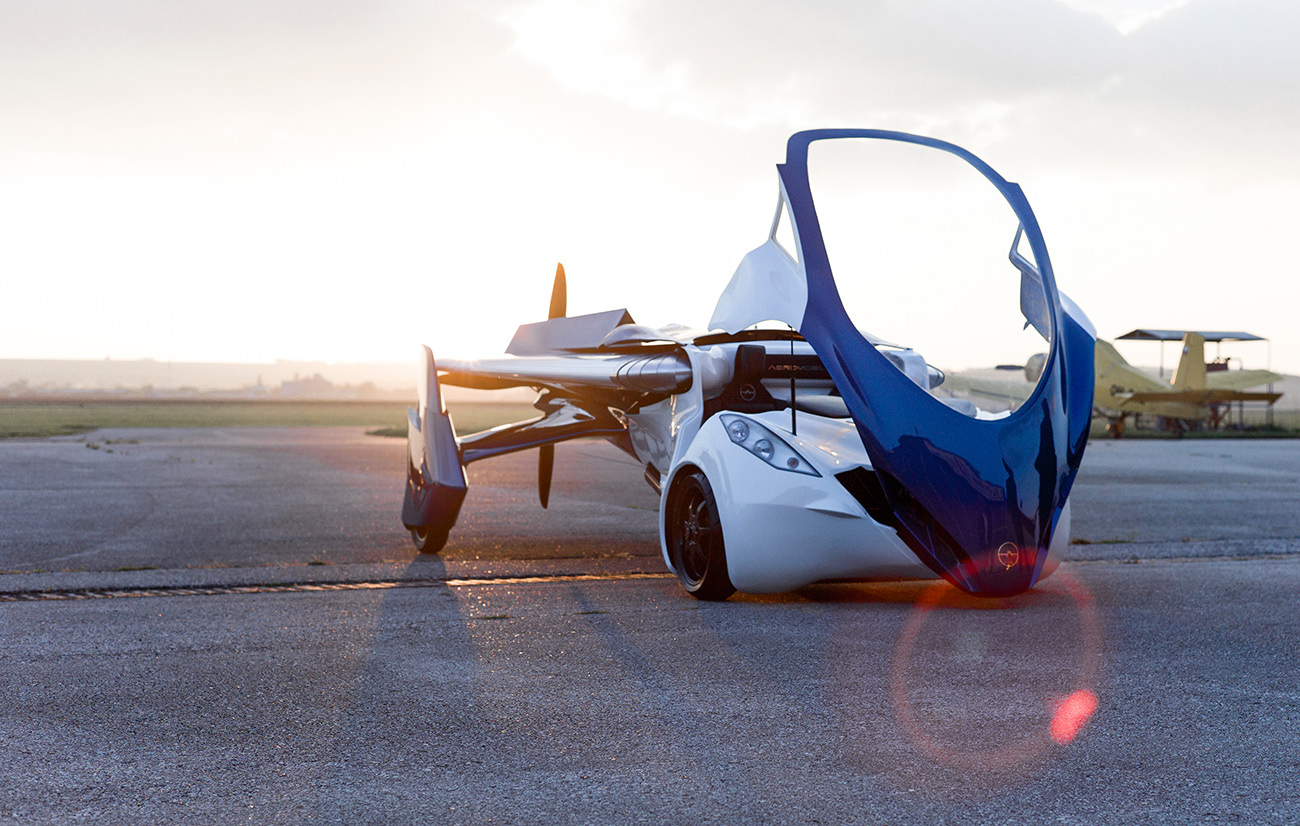
AeroMobil 3.0
Able to take off on any smooth grass strip or roadway in the world, the Slovakian Aeromobil 3.0 is arguably one of the best looking attempts at building a flying car. It has two years of real-world testing under its belt, too, making sure that its advanced composite body, wings and wheels hold up to the abuse.
It reportedly needs 200-250 metres to get airborne depending on which report you believe, and as little as 50-90 metres to land. It has a top speed in the air of 124mph. Wired once called it the world’s most advanced flying car, but Terrafugia might have something to say about that.
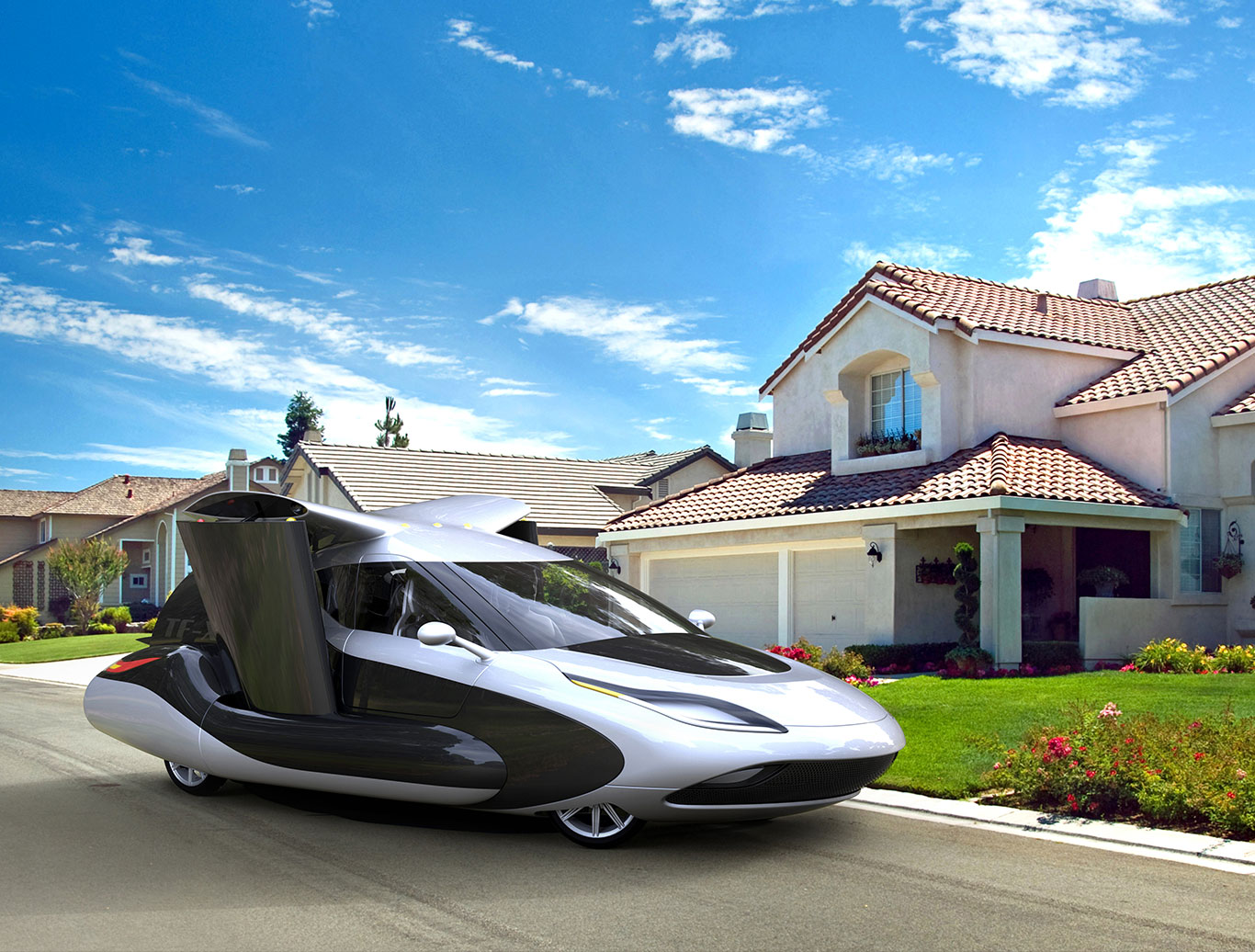
Terrafugia TF-X
The company that is apparently still trying to make the Transition, above, a commercial reality, has made our list for a second time. The TF-X was revealed in 2015, three years after the Transition should have revolutionised personal transport for the rich and famous. But didn’t. Dubbed ‘the flying car for all of us’ by its makers, it uses a plug-in hybrid powertrain that powers both the wheels and the rotors.
Range is said to be 500 miles in the air at an impressive cruising speed of 200mph, and even more surprisingly the TF-X is designed, we’re told, to take off and land more or less vertically. Revealing one of the major hurdles the Transition faced, the TF-X will take far less training time and require just a standard US driving licence, meaning any idiot could fly one. Surely this can only end in disaster…










